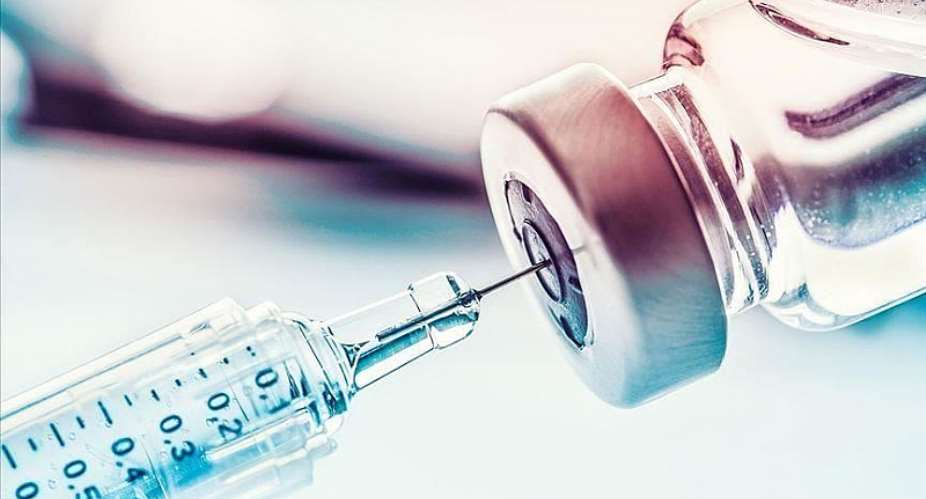The world is fighting an invisible war in form of a CONVID-19 pandemic which has negatively impacted it in diverse ways as a result of lockdowns curfews and deaths. Finding a lasting solution to this pandemic largely depends on highly effective and safe vaccine.
Vaccines contain weakened or inactive parts of a particular disease causing organism (antigen) that triggers an immune response within the body. Once the antigen specific antibodies are produced, they work with the rest of the immune system to destroy and stop the actual pathogen (disease causing organism).
Vaccine hesitancy
Vaccine hesitancy refers to delay in acceptance or refusal of vaccines despite availability of vaccine services. Vaccine hesitant community is one that does not accept vaccines at the rate expected, given that services and vaccines are available, hence lower vaccine demand than expected. At both the individual and community level, if vaccine hesitancy is present, it undermines personal and community responsibility for immunization. Possible causes of COVID-19 vaccine hesitancy includes but not limited to the following. Lack of trust in the effectiveness and safety of the vaccine including the system that delivers it, lack of/inadequate knowledge on the COVID-19 vaccine, beliefs that the risk posed by the vaccine is greater than the benefits, beliefs about rumors and misinformation on the vaccine, Lack of awareness on vaccine availability and schedule. Also when the population consider vaccination as of lower priority. To address these challenges includes but not limited to:
Advocacy and stakeholder’s engagement: when a new vaccine is being introduced in a country, the public will have questions and concerns regarding the vaccine and its effectiveness, safety, side effects, contraindications among others. To address this, it is imperative to intensify advocacy with community influencers such as traditional, religious and political leaders, and among others to create an enabling environment and to garner support for vaccines.
Capacity building: Capacity building of health workers, social mobilizers, community leaders and civil society organizations will be very important, so that they are proficient in the vaccine preparations, communication needs and approaches as well as the roles they can play. It is vital to partner with media and provide them with structured orientation about the vaccine, allow them to ask questions and to encourage responsible reporting based on facts will help in mitigating misinformation and creating acceptance for the vaccine.
Crisis communication: Communication crises can arise due to adverse events following immunization (AEFI), malicious rumours and misinformation, or other vaccine-related events. People will appreciate being informed about the proper investigation into such events thereby arresting their support for the vaccine.
Again, increased awareness of the vaccine’s availability and vaccination service access points, improve understanding of the vaccine rollout schedule, increase self-efficacy to overcome real and perceived barriers and improve health literacy to understand vaccine information.
Furthermore, Public health intervention programmes should focus on increasing the perception of the benefits of COVID-19 vaccination and reducing the perceived adverse effect and inefficacy. Clinical evidence of the safety and efficacy of COVID-19 vaccines are key messages to enhance rates of vaccine coverage.
Finally, promoting COVID-19 vaccination in the forms of advertorials and testimonials especially by prominent persons in the country may prompt vaccination decision and it is crucial to reduce inequalities in access to COVID-19 vaccines due to financial constraints.
As Ghana is ready for COVID-19 vaccination, it will be of help if the above factors will be taken into consideration to increase vaccine acceptance. Let us all continue to adhere to the COVID-19 safety protocols to break the chains of the disease transmission.
Compiled by: Anyimadu Kwasi Andrews.
Technical Officer Disease Control/BPH. Disease Control.





 Election 2024: Don’t be complacent, we haven’t won yet – Asiedu Nketia cautions ...
Election 2024: Don’t be complacent, we haven’t won yet – Asiedu Nketia cautions ...
 Election 2024: Stop fighting over positions in Mahama’s next govt – Asiedu Nketi...
Election 2024: Stop fighting over positions in Mahama’s next govt – Asiedu Nketi...
 Prof Jane Naana Opoku-Agyemang will restore dignity of vice presidency – Fifi Kw...
Prof Jane Naana Opoku-Agyemang will restore dignity of vice presidency – Fifi Kw...
 'Ghana beyond aid' has turned out to be 'Ghana without compass' – Naana Opoku-Ag...
'Ghana beyond aid' has turned out to be 'Ghana without compass' – Naana Opoku-Ag...
 Nation builder Mahama will deliver on his promise of a 24-hour economy for the b...
Nation builder Mahama will deliver on his promise of a 24-hour economy for the b...
 Prof Jane Naana is more than qualified to be Ghana’s first vice president and ev...
Prof Jane Naana is more than qualified to be Ghana’s first vice president and ev...
 WENDA petitions Akufo-Addo, Speaker of Parliament to make vote-buying illegal
WENDA petitions Akufo-Addo, Speaker of Parliament to make vote-buying illegal
 Supreme court declares payment of wages to spouses of President, Vice President ...
Supreme court declares payment of wages to spouses of President, Vice President ...
 Publish full KPMG report on SML-GRA contract – Bright Simons to Akufo-Addo
Publish full KPMG report on SML-GRA contract – Bright Simons to Akufo-Addo
 Kumasi International Airport to begin full operations by end of June
Kumasi International Airport to begin full operations by end of June
